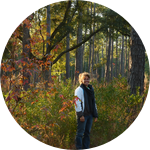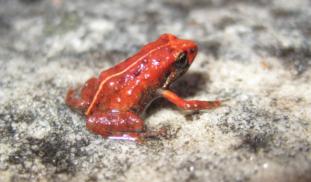94
2
0
Like?
Please wait...
About This Project
Tiny, cryptic moss frogs inhabit remote mountain seepages in South Africa's fiery fynbos biome. Non-native, invasive pine trees threaten this biodiversity hotspot, but restoration efforts are underway. In this project we will compare methods and outcomes of mountain fynbos restoration projects to answer the question: How do invasive pine removal strategies affect moss frog populations and effectively restore fynbos?
More Lab Notes From This Project

Browse Other Projects on Experiment
Related Projects
How do polar bears stay healthy on the world's worst diet?
Polar bears survive almost entirely on seal fat. Yet unlike humans who eat high-fat diets, polar bears never...
Uncovering hidden insect diversity associated with a likely undescribed gall-forming midge
Does a likely undescribed species of gall-forming midge (pers. comm. Ray Gagné) on Eriodictyon plants (Yerba...
Macrofungi of the California archipelago
The eight islands of the California Archipelago are a well-studied biodiversity hotspot — but we know almost...

